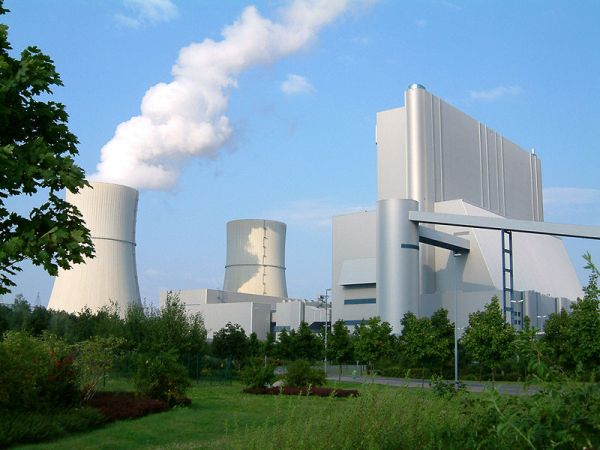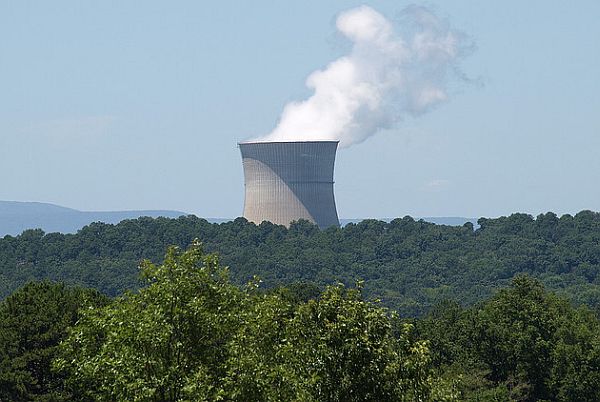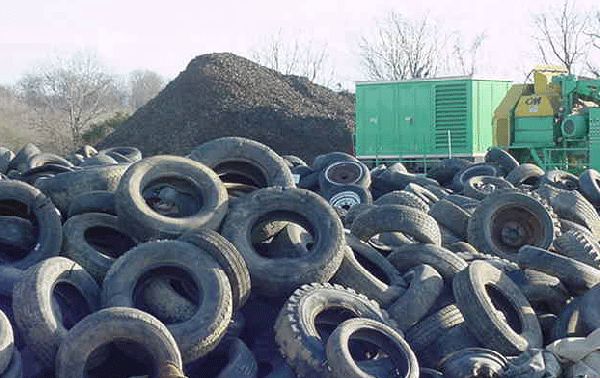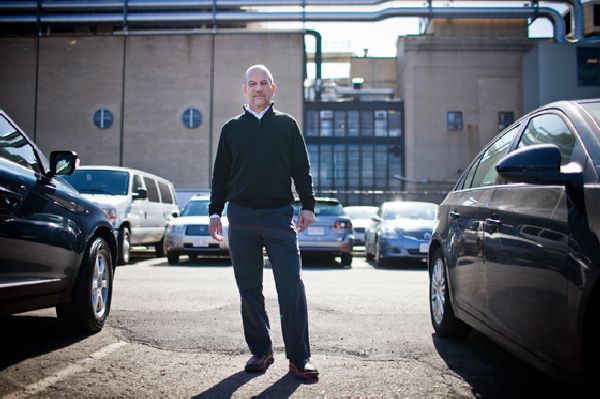It’s been said that the amount of carbon dioxide in the atmosphere is steadily increasing. Being a greenhouse gas, this could spell a lot of trouble for the planet as it could contribute to more global warming. Human activities like burning fossil fuel, deforestation in the name of development, and harmful practices that see the release of CO2 have significantly impacted the path our future is headed to. With this mind, there is a practice which involves capturing carbon dioxide and storing it for various purposes. The concept isn’t new with scientists having already injected CO2 into geological formations, in essence, putting it back where it came from. What is new, however, is storing it long term.
Carbon capture is done at places with high concentrations of CO2 like fossil fuel power plants. There remains the issue of where to store the gas once it is captured and sequestration shouldn’t have negative effects. It’s believed that carbon capture and storage (CCS) from conventional power plants could reduce the amount of CO2 in the air by as much as 90 percent. However, it’s also believed that it could increase fuel needs of coal-fired CCS plants by 25-40 percent. Many are also convinced that applying the technology to existing factories that don’t serve as a good point for CCS will be more expensive.
There’s good news, however, as researchers have estimated that current R&D techniques could see sequestration of carbon become cheaper in the years to come. For now, rock formations are pegged to be the safest places for isolating CO2 as oceans could witness high acidification levels if they are used.
The good

a) Sequestering carbon properly can cause it to react with other elements like naturally occurring magnesium and calcium. The result is carbonates that have lower energy states than CO2.
b) In order for CCS to be viable, there needs to be benefits, both environmental and social. These benefits should also exceed cost of capture, sequestration and the energy required to apply the technology.
c) Since CCS can be an expensive process, other options should be considered to reduce carbon emissions. For instance, imposing strict norms on pollution levels for automobiles, individuals and factories. If this can be achieved and if CCS can be applied simultaneously, the amount of CO2 in the atmosphere could be considerably reduced.
d) CCS may not apply to every industry. Hence, it is important that cost and viability are taken into consideration before jumping forward and seeing carbon capture and sequestration as the immediate solution.
e) While CCS allows carbon to react with naturally occurring minerals, the process can be slow. Therefore, various carbonation processes must be explored before the technology is applied on a large scale. The processes should be beneficial for the environment as well as economically viable.
f) In theory, CCS can help reduce emission levels by 90 percent. While this is conjecture, the technology – if properly applied and if all variables are taken into consideration – could help us see a planet with controlled global warming.
The bad

a) Large scale application of CCS exists in theory. Since no efforts have been made to see just how viable the technology can be on a large scale, there’s no telling how effective it can be either.
b) The high cost of CCS is one of the major drawbacks in its application. Moreover, there need to be proper sequestration sites which not all areas are privy to. However, if all factors come together, then the technology could open up employment opportunities as well.
c) Sequestration sites need to be located near power plants. Else, the cost of piping it over long distances will be enormous and the difficulties will also be considerable.
d) CCS sites will need to be able to withstand the acidity of carbon dioxide. When mixed with water, CO2 tends to become acidic and this can prove harmful if it enters aquifers used by people as a source of drinking water and irrigation.
e) CCS can be applied only to carbon emissions from power plants. It doesn’t work for emissions generated during mining and coal transportation.
The ugly

Considering the lack of alternatives to CO2 emitting power plants, carbon capture and sequestration is best applied to the point of origin of carbon dioxide. However, the process is so expensive that it doesn’t seem possible to apply it to every factory. For instance, the cost of fitting the equipment to a coal plant is about $2 billion. The equipment itself will consume close to 40 percent of the energy produced. Transporting the gas to a safe area through pipelines will cost another $1.7 million per kilometer. If there is a leakage then all efforts to carefully capture and sequester CO2 would have been in vain.
Despite these hindrances, efforts are being made to apply CCS as the result of full scale climate change is much more expensive. Hopefully, advancements in technology will finally offer us a world where manmade carbon emissions are relegated to the history books and the earth goes back to being the way it was millennia ago.




